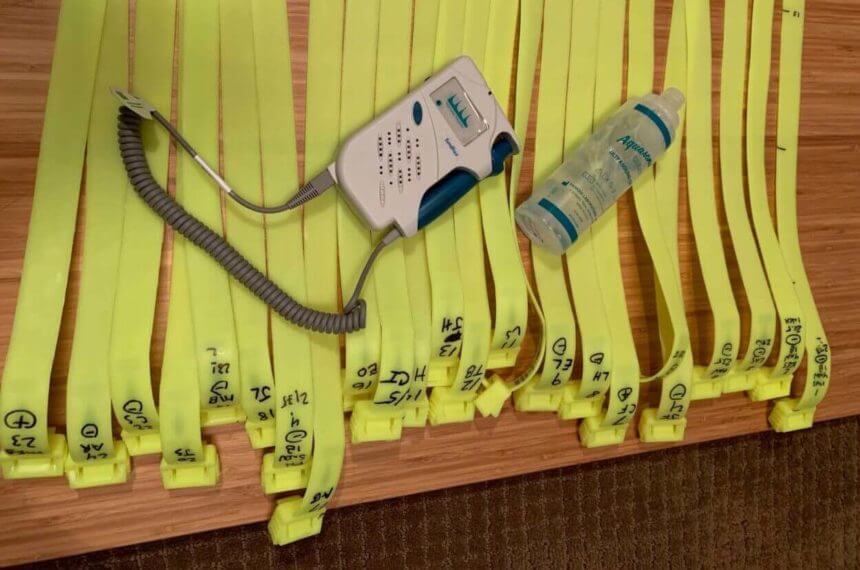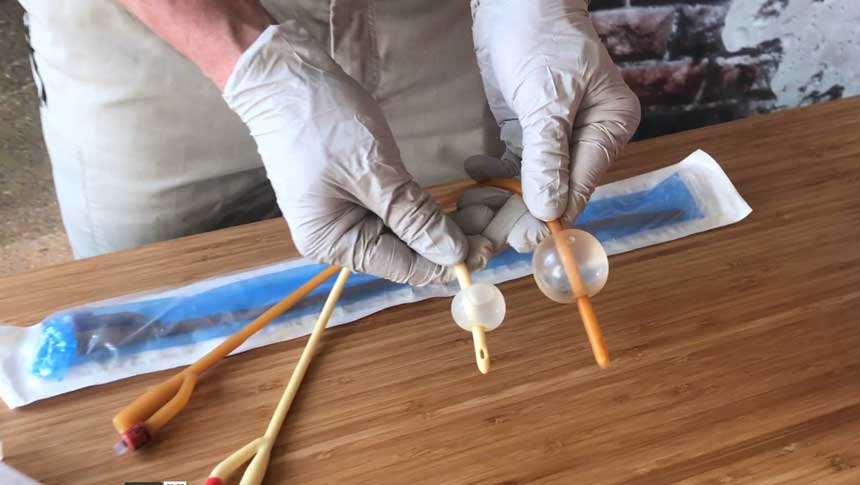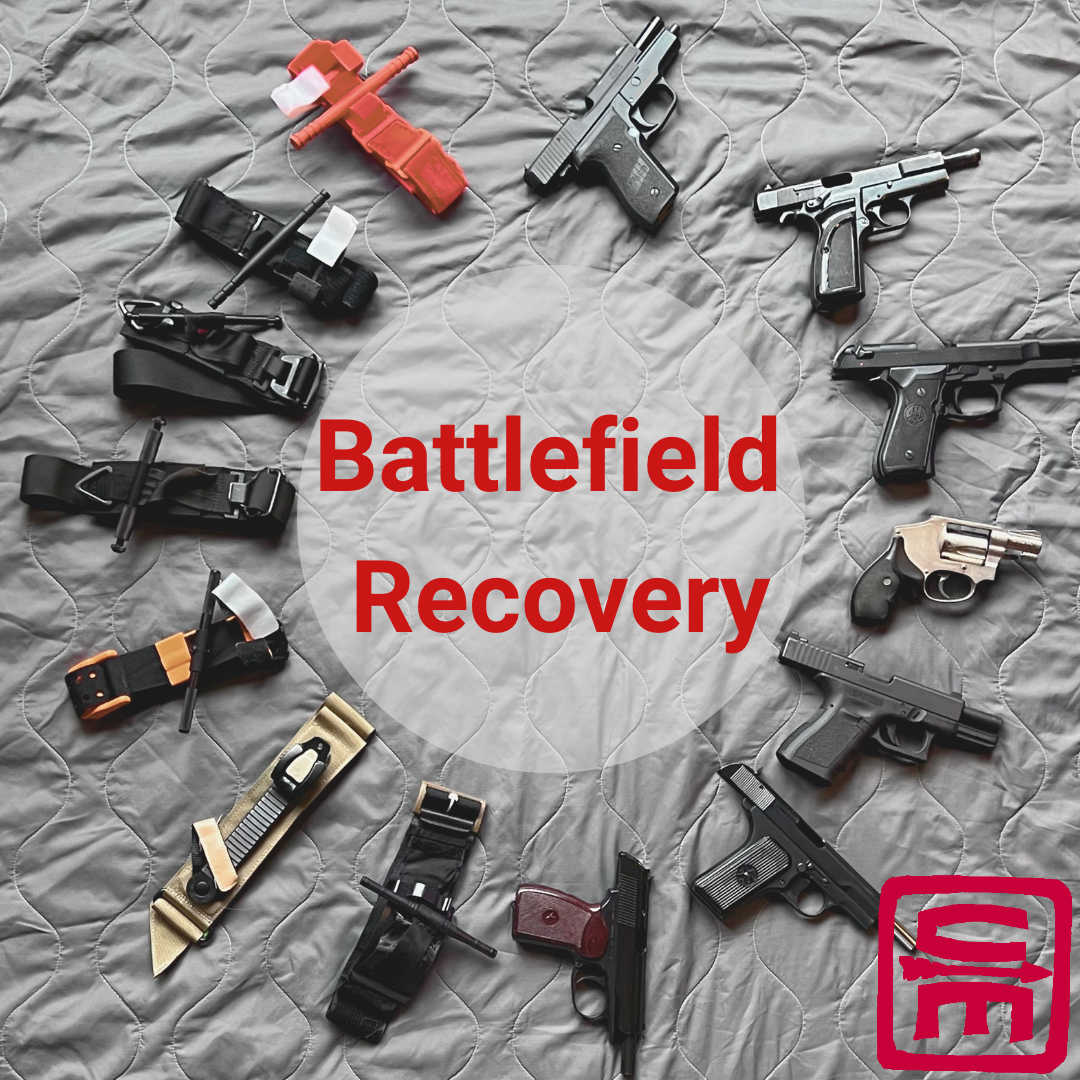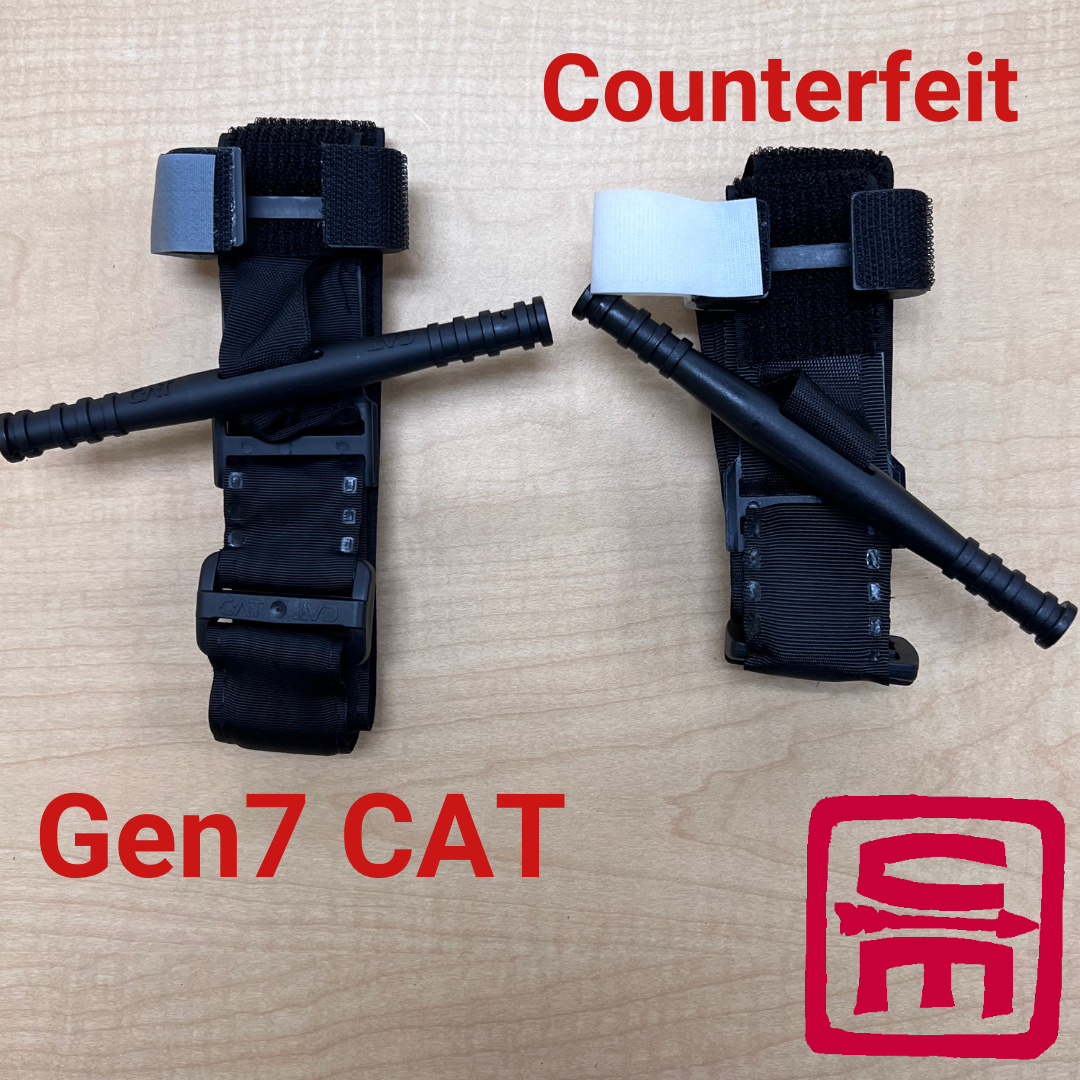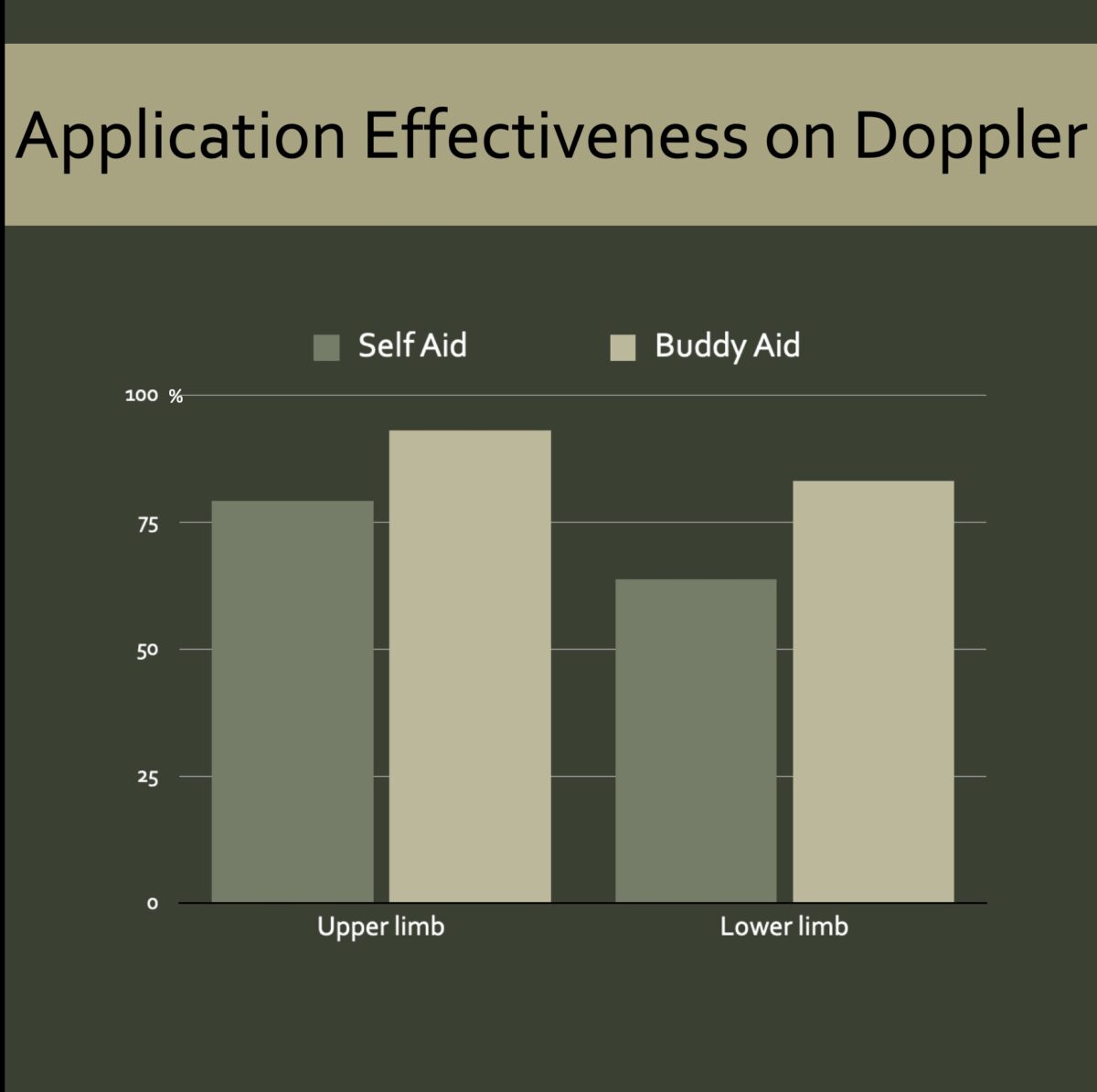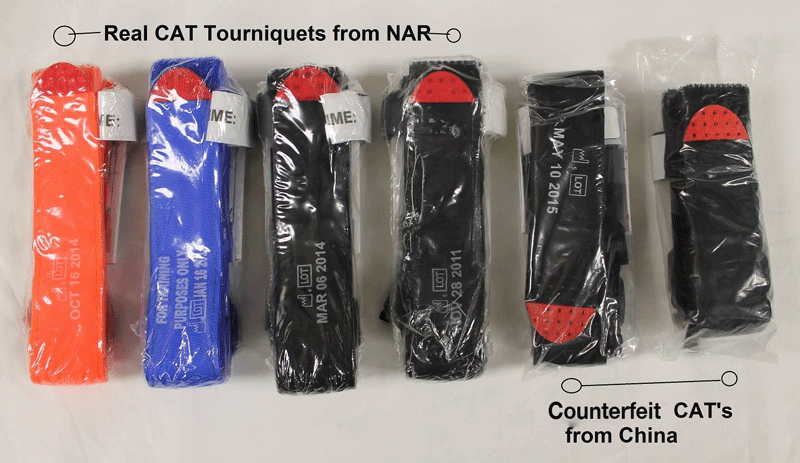UPDATE 2024: Since our original STAT “tourniquet” experience showing it was an ineffective device for hemorrhage control, there have been two peer-reviewed, published studies finding similar results. 🕖 Reading Time, 6 minutes Most recently, 84 volunteers with no prior tourniquet …
We want people and organizations to understand what medical equipment they need, what they should purchase, and equally importantly, what to avoid.
- We don’t sell gear and don’t get kickbacks when students buy gear we believe is supported by the medical literature.
- We train people who want to help in emergencies, especially those in high-risk environments.
We want everyone to get the training and supplies they need to be Force Multipliers for Good and make our communities more resilient.
…many different ways to manage these wounds, this is one technique using a Foley Catheter (designed for urine drainage) to tamponade bleeding. It is best studied in neck wounds. This…
🕖 Reading Time, 3 minutes The primary historic mission of US Army Special Forces is Unconventional Warfare. A 12-person Special Forces team infiltrates into an occupied nation at war to raise and train a guerrilla army to fight for the …
They may look like legitimate commercial versions but counterfeits are not made to the same quality standard. Know your gear. 🕖 Reading/viewing Time, 7 minutes UPDATE: Fifty counterfeit CAT like tourniquets (from two different manufacturers) were compared to 25 7th-generation …
🕖 Reading Time, 4 minutes There is a long-held belief among military medics that casualties who self-apply their own tourniquets typically put them on looser than they would on someone else. This led to a standard SF medic technique of …
🕖 Reading Time, 6 minutes Don’t buy fake tourniquets: Use proven tourniquets, not toys. A student of our online Tactical Casualty Care course contacted us to tell us their county health department planned to issue teachers bleeding control kits for …

